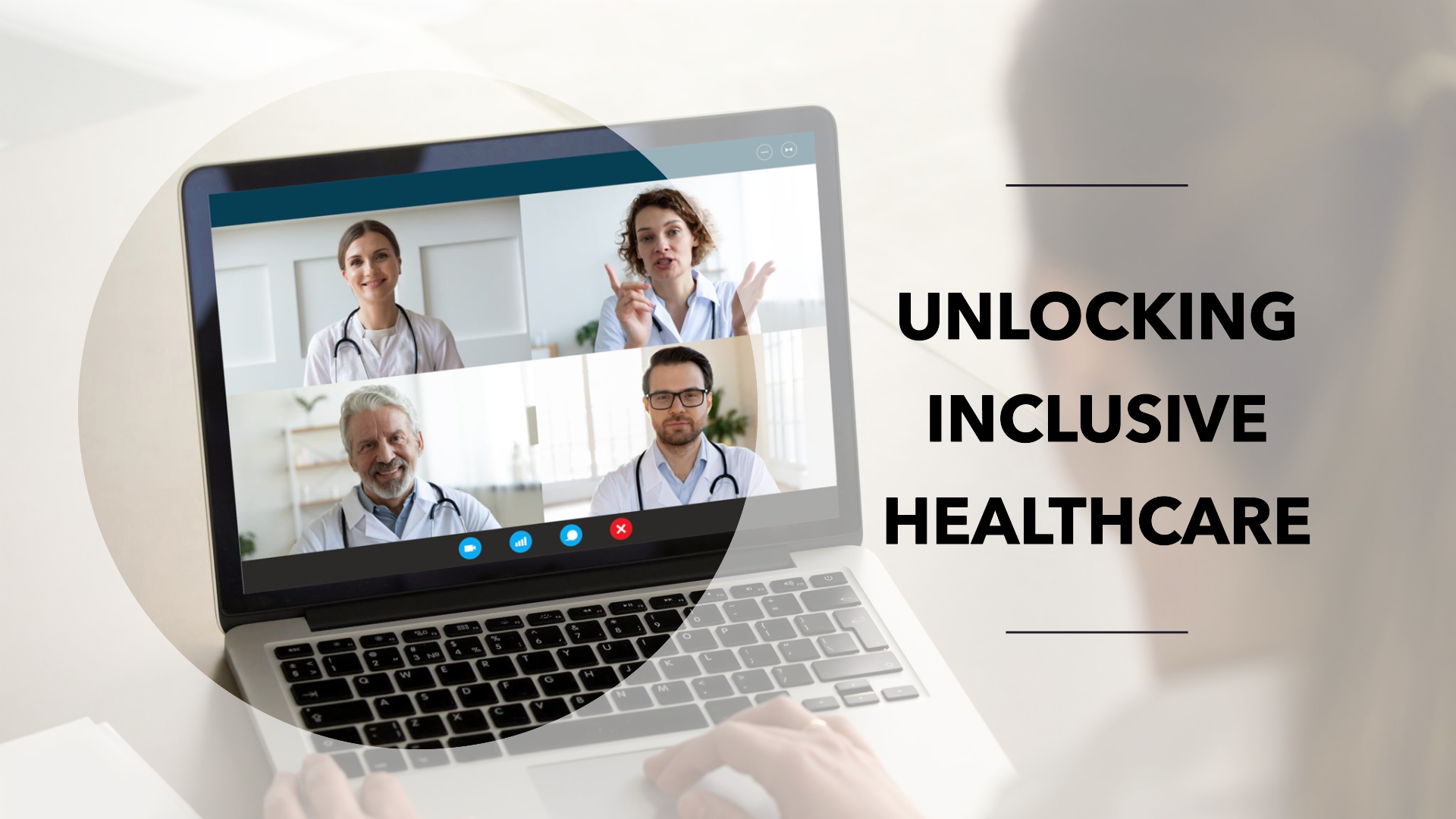This is the fourth in a series of five Healthcare Big Data blogs and its impact written by John Morton about Big data for Digital Salutem. The first is Big Data: Challenge, or Opportunity for Healthcare? , the second Big Data: Healthcare Prevention, the third Big Data: Healthcare Diagnosis and the last Big Data: Healthcare Awareness.

The value of Big Data for prevention and diagnosis has been shown in earlier blogs. In this section we will show how Big Data technologies and methods have been used in treatment.
A challenge, having prescribed care is ensuring that the care is take, completed and that any resultant side affects are monitored and resolved. Traditionally this has led to a culture of retaining people in hospital and providing that care. In the UK about 100 years ago it was accepted that during and after child birth that you would remain in hospital for about a week or more. In those days the risk of infection was far greater, education on such matters was socially lower and the ecosystem of health care infrastructure was weaker. Today a day in hospital has become the norm.
With technology the balance between in hospital, in local surgery and home care is also changing. This provides patient options for the best type of care and how this care can be provided, based on the clinician’s expert opinion.
To help with the treatment big data analytics is already being used to help in many cases. Text mining algorithms and digitisation techniques are being used to update and verify information on healthcare computer systems. Here legacy digital health systems may only allow so much information to be held and searchable, adding new data or access to original written and scanned information is helping doctors, dentists and opticians have a fuller set of information about the patient.
Decision analytics systems are able to synthesize information about conditions and then make recommendations to doctors on appropriate medications, and their side affects.
The result is that the doctor can make the best treatment choices for an individual patient based on the vast amounts of current and correct information available — without the overhead of spending hours doing the research himself.
In the UK NHS NICE are building best practice and standards for care based on evidence. These create standardised and curated care pathways. That share best practice for different ethnicity, allergenic, or cultural groups.
It’s likely that the medicines and treatments the doctor would then prescribe were also developed with the aid of Big Data. Pharma organisations are very keen to develop new dispensing and immunisation technologies that dispense treatment, record dosage, time and then allow this information to be collated and sent back. There are double benefits for te pharma companies as it helps them improve the effectiveness and efficiency of the deployment, knowing when a device has failed to immunise, as well as monitor individual behaviour.
Today there is also technology that allows validation and verification that drugs have been dispensed and taken to be sensed in the toilet. Still not cost effective yet, it’s time will come. See an example of a smart toilet.
The tracking monitoring and re-prescribing of drugs for home care already has a number of solutions all vying to help the worried well and those that need to care for others. Like Independa.
There are an arrays of alarms and sensing devices available to help patients remember to take medication, move regularly and adhere to their personal healthcare plan. A constant challenges with some of these solutions is that they are standalone and rely on the patient as the person who knows what to do. What happens when they are no longer able to regularly and accurately remember?
To many all of this technology may seem a waste and little value, however studies have shown that not taking prescribed medication is costly to the patients, to healthcare providers and to country GDP. £300M has been estimated for the UK NHS
Ensuring the effective taking of medication and the effectiveness of taking the medication is just one way that Big Data can deliver double benefits during Healthcare treatment.
All of this Big Data assessment, technology provides factual based information and showing the value of the technology to let clinicians do what they do best – care for people, digital health.
This is the forth of five blogs on Healthcare Big Data and its impact. The remaining will consider big data for:
1. Big Data: Challenge, or Opportunity for Healthcare?
2. Big Data: Healthcare Prevention
3. Big Data: Healthcare Diagnosis
4. Big Data: Healthcare Treatment
5. Big Data: Healthcare Awareness
John Morton is a Big Data Advisor having with experience across the whole data value chain, business intelligence and analytics in a number of industries including clinical, healthcare informatics and Pharma. John’s has been fundamental in creating new medical IT solutions and medical devices for clinical environments; enabling the digital hospital; a physician on my shoulder; as well as the challenges and impact of technology within clinical environments.
More articles:
– 3 Technologies Changing Digital Health
– How Wearables Can Quickly Become A Doctor’s Best Friend





